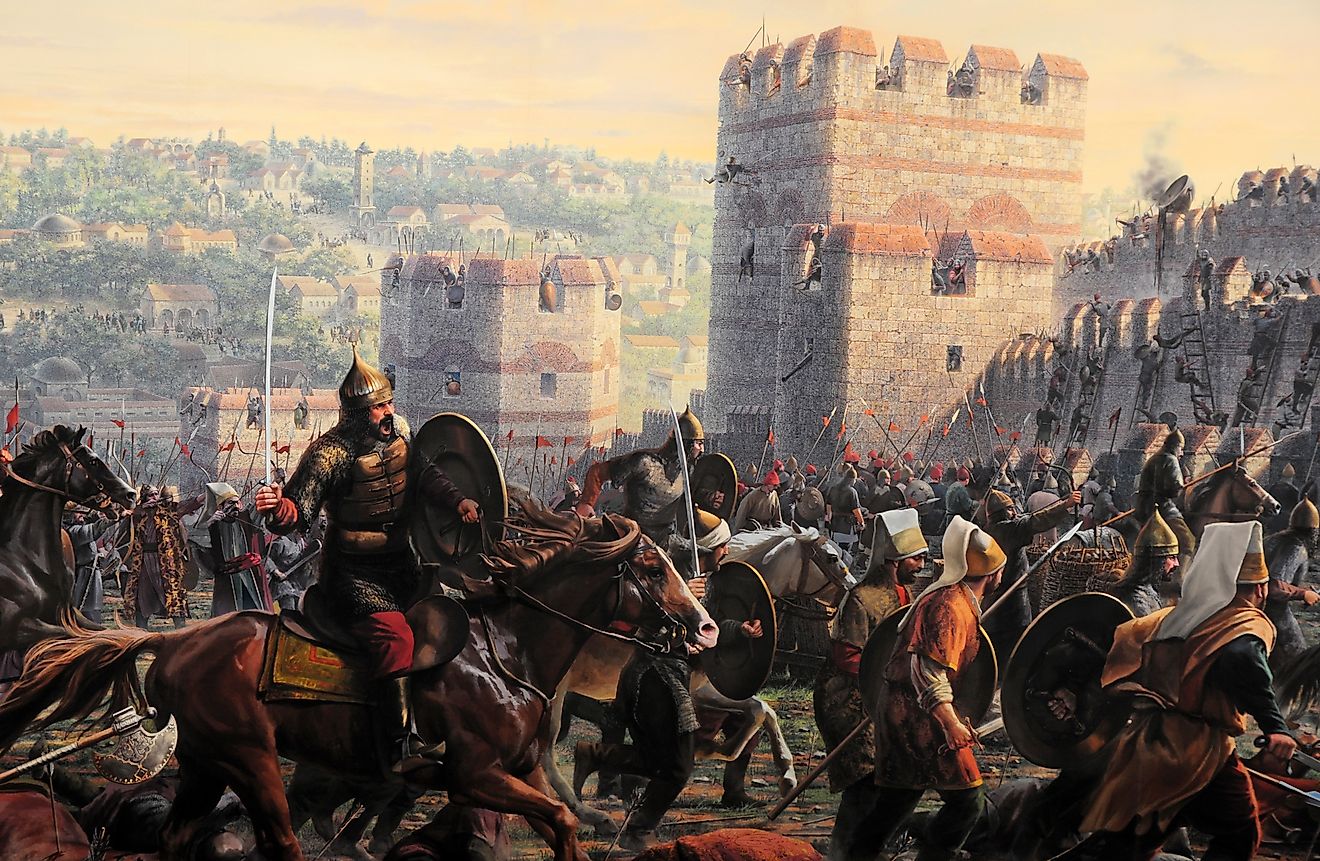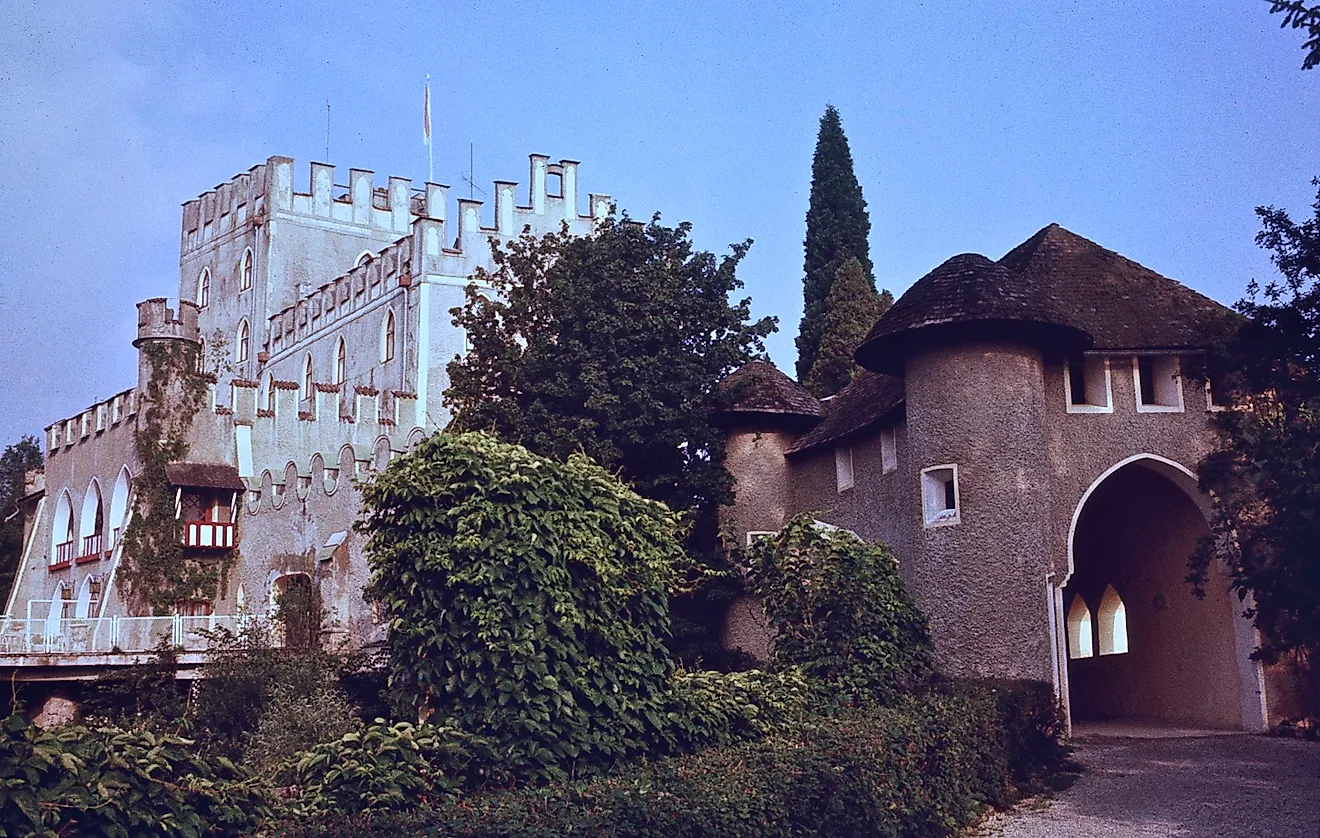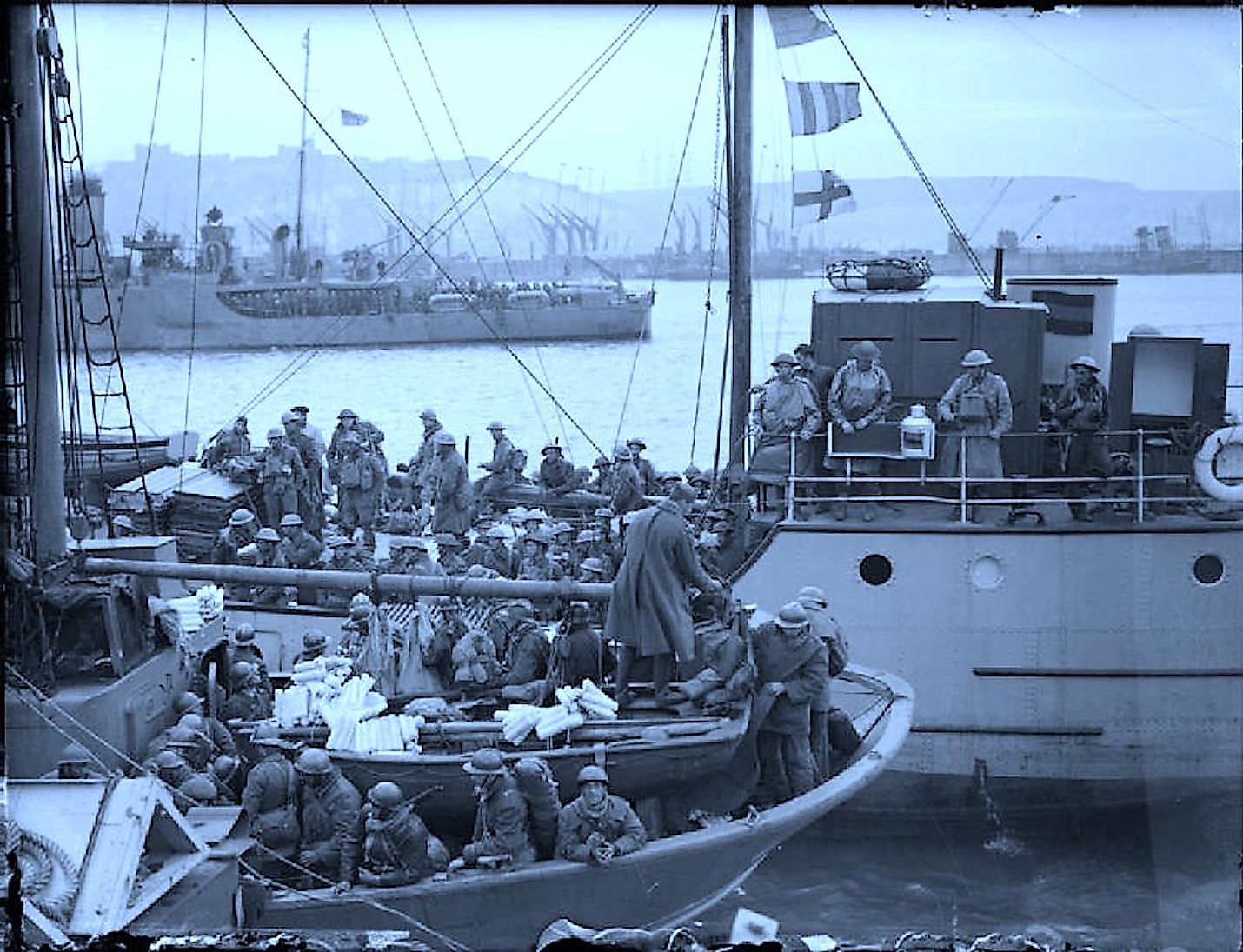
The Fall of France
The Battle of France was a strategic catastrophe for the Allies. Ending on June 25, 1940, with France's capitulation, it now meant they had no foothold on the European continent. Furthermore, the Germans could focus their attention elsewhere, better positioning them to invade the Soviet Union in 1941.
Background
World War II began on September 1, 1939, when Germany invaded Poland. This was followed by the United Kingdom (UK) and France declaring war on Germany on September 3. The German Army's (the Wehrmacht) Blitzkrieg tactics, poor Polish defenses, and the Soviets also invading the country on September 17 meant that Poland fell in about a month. However, throughout the next eight months, there was little fighting. Known as the "Phoney War" period, this partially occurred due to the Maginot Line, a series of defenses and fortifications on the French-German border. Nonetheless, fighting eventually resumed in April with the joint invasions of Denmark and Norway. This was followed by the invasion of the Low Countries (the Netherlands, Belgium, and Luxembourg) on May 10. These battles were very quick. Luxembourg fell in a day, the Netherlands took about a week, and Belgium capitulated after two and a half weeks.
The Invasion And Fall Of France
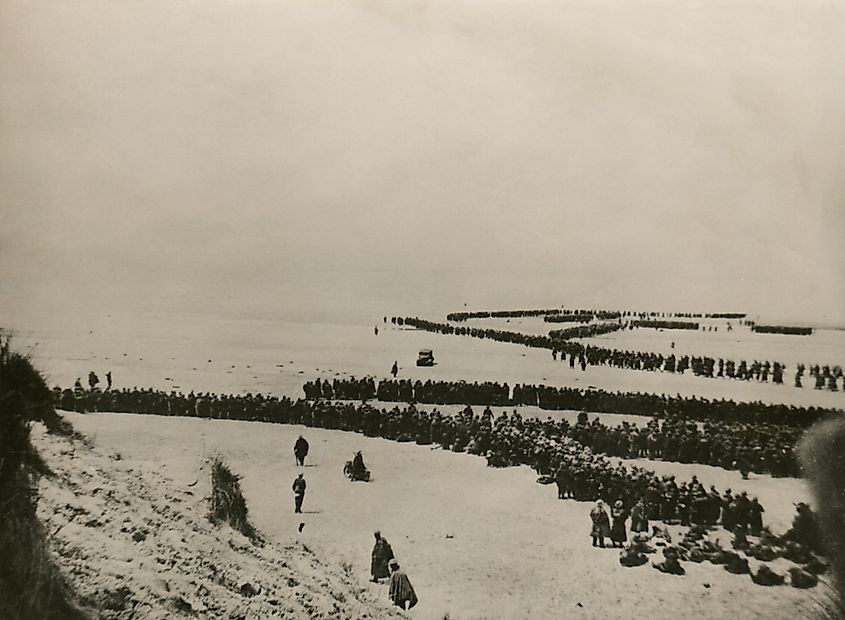
Most importantly, the invasion of Belgium unlocked the key to bypassing the Maginot Line. Indeed, the French-Belgian border was covered by the Ardennes Forest. Therefore, the French believed that it would function as a natural barrier, resulting in them less heavily fortifying it. But, the Wehrmacht simply went through the forest, catching the Allies off-guard. Thereafter, the German Army raced to the English Channel, surrounding the English and French forces at the beaches in Dunkirk. Despite hundreds of thousands of soldiers being evacuated, little was done to slow the German advances. On June 10, the French government evacuated Paris. On June 14, Germans troops entered the city. Finally, on June 22 in Compiègne, the same location as the armistice that ended the First World War, German and French officials signed another agreement. In just six weeks, France had fallen.
Aftermath in France
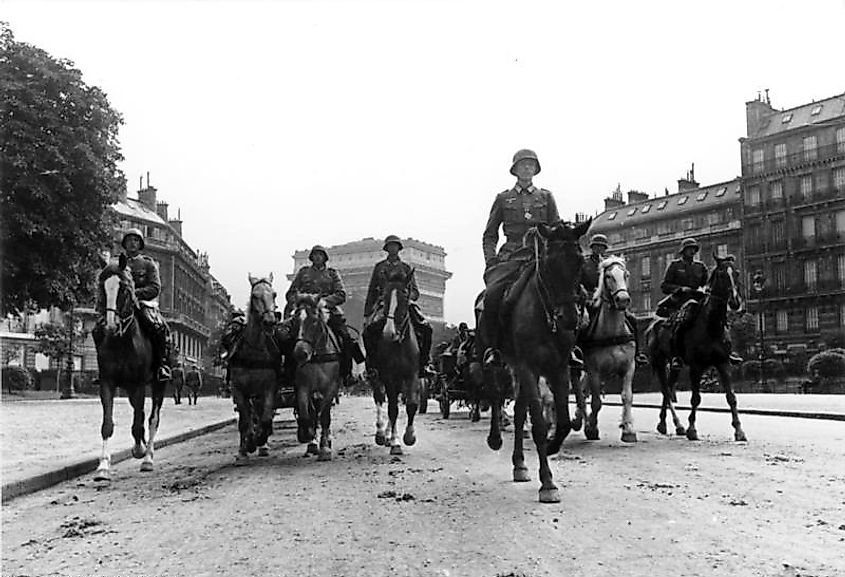
Germany directly occupied about 60 percent of France, whereas the rest of the country was established as a Nazi puppet state. Known as Vichy France (named after its capital), this puppet regime was headed by First World War general Philippe Pétain. A combination of respect for Pétain and the fact that French domestic politics in the 1930s saw a significant far-right contingent meant that most members of the population stayed loyal. This paved the way for further Nazi collaboration, the most horrific of which was the French participation in the Holocaust. Indeed, Jews in the directly occupied zone were forced to wear yellow stars of David. Moreover, about 49 concentration camps were established across the entire country, to which many Jews were sent and later transported to death camps. In total, about 77,500 French Jews died during World War II, or a little under a quarter of the total French-Jewish population.
Implications for the Rest of the War
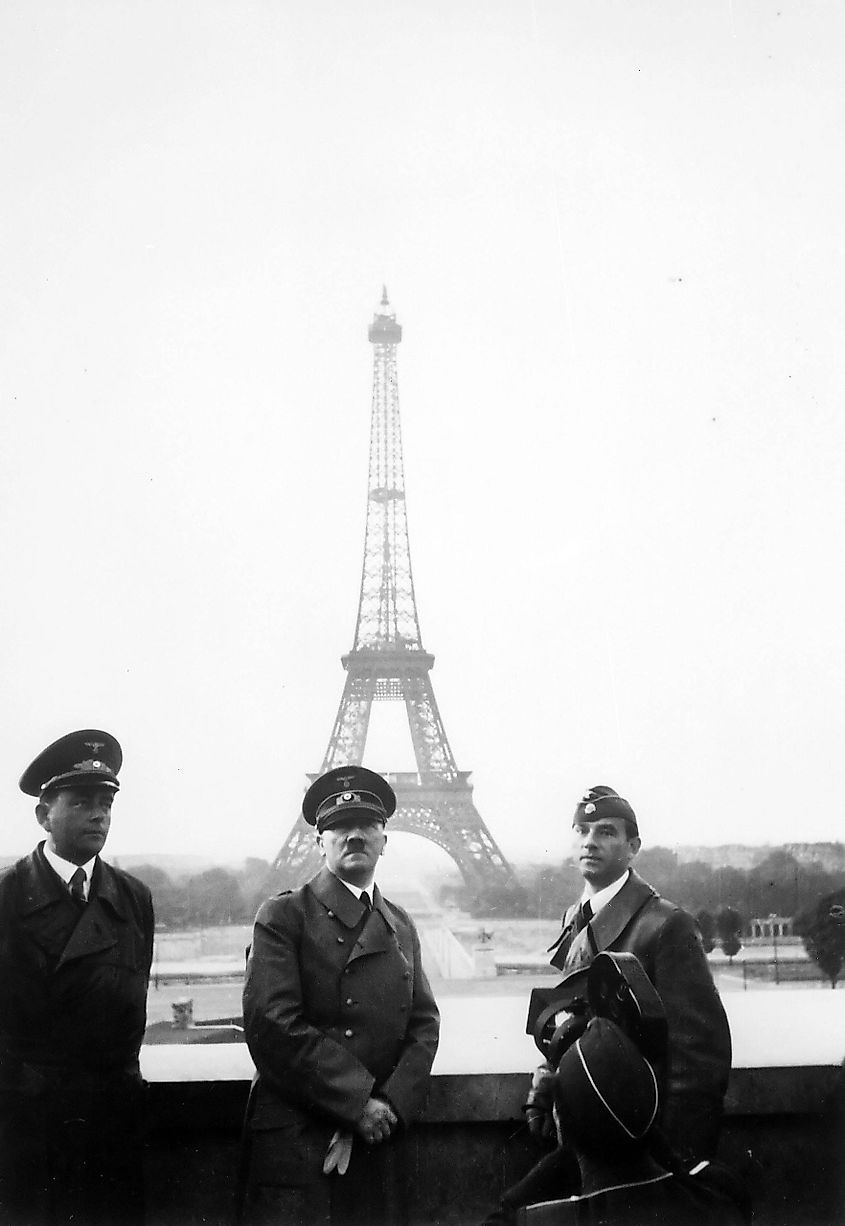
The defeat of France allowed Germany to focus its attention elsewhere, with its next main target being the UK. However, the British Air Force, (the Royal Air Force, or RAF) first needed to be dealt with before a land invasion of the British Isles could occur. Ultimately, the RAF was too formidable, and plans for an invasion of the UK were abandoned in the spring of 1941. Despite this failure, fighting continued elsewhere. For instance, Italy began campaigns in North Africa and the Balkans in 1940, only for its army to be utterly ineffective--thereby forcing the Wehrmacht to come to its aid. Finally, on June 22, 1941, Germany invaded the Soviet Union (USSR). Known as Operation Barbarossa, this was the beginning of Hitler's attempt to achieve Lebensraum (living space) in the east. But, the enormous size of the USSR meant that German supply lines eventually got overstretched. Furthermore, the sheer number of resources and people at the Soviets' disposal gave them a major advantage in a protracted conflict. All this led to the Germans getting bogged down and eventually pushed back in the coming years, leading to their defeat in 1945.
In conclusion, the Fall of France was a major catastrophe for the Allies, with them losing any position on the European continent. Furthermore, German-occupied France then participated in some of the worst Nazi atrocities. Finally, France's defeat allowed Germany to focus its attention elsewhere.

